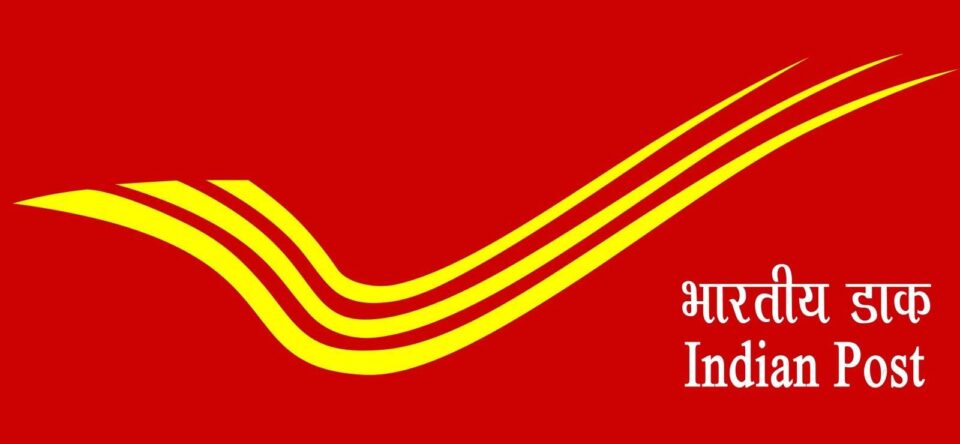In a rapidly digitalizing world, where emails and instant messaging dominate communication, India Post continues to hold a significant place in connecting lives across the country. Established in 1854, India Post, under the Department of Posts, remains one of the largest postal networks in the world, serving millions daily. Beyond delivering letters, it has evolved into a multi-functional service provider, supporting financial inclusion, digital services, and e-commerce logistics.
The role and importance of Indian Post in modern India lie not just in communication but in bridging the urban-rural divide and ensuring government services reach every corner of the nation.
The Evolution of India Post
From its early days of delivering hand-written letters to today’s digitalized ecosystem, India Post has continuously adapted to change. With over 1.5 lakh post offices—nearly 90% of them in rural areas—it remains India’s most trusted public service institution.
In modern times, India Post has diversified into various fields, including:
- Postal Banking (India Post Payments Bank)
- Parcel and Speed Post services
- E-commerce delivery
- Philately and insurance services
- Digital and financial services
This transformation showcases India Post’s commitment to nation-building through innovation and accessibility.
India Post as the Backbone of Communication
Despite the rise of digital communication, postal services remain vital in many rural and semi-urban areas of India. India Post connects remote villages where internet connectivity is limited, ensuring that letters, legal documents, and parcels reach their destination safely.
The Speed Post service, known for its reliability and affordability, has become a trusted choice for millions. Moreover, registered post continues to be a legally recognized and secure mode of official correspondence in government and private sectors.
Financial Inclusion through India Post Payments Bank (IPPB)
One of the most transformative roles of India Post in modern India is in financial inclusion. Launched in 2018, the India Post Payments Bank (IPPB) enables citizens in rural and remote areas to access banking services at their doorstep.
Through IPPB, India Post provides:
- Savings and current accounts
- Money transfer and bill payment services
- Mobile banking and Aadhaar-enabled payment services
With postmen acting as banking correspondents, even citizens in the most remote villages can now deposit or withdraw money through handheld devices — a major step toward Digital India and inclusive growth.
E-commerce and Logistics Revolution
India Post plays a crucial role in supporting India’s booming e-commerce industry. With its vast network and last-mile connectivity, it serves as a logistics backbone for many online retailers and small businesses. The Parcel and Business Parcel Services help e-commerce platforms deliver goods to customers in both metro cities and remote areas. Affordable pricing, wide coverage, and trust have made India Post a preferred logistics partner for government and private enterprises alike.
Promoting Philately and Preserving Heritage
India Post also preserves India’s rich culture through philately, the collection and study of stamps. Every year, commemorative stamps are released to honor great personalities, festivals, events, and achievements, reflecting India’s history and diversity. The National Philatelic Museum in New Delhi stands as a symbol of this heritage, attracting collectors and history enthusiasts from around the world.
Digital Transformation and Technological Upgrades
Embracing the Digital India mission, India Post has integrated technology into its services. From online booking and tracking systems to digital payments and mobile apps, the postal department is becoming smarter and more customer-friendly.
Initiatives such as:
- Core Banking Solutions (CBS) for post office savings accounts
- ePost and eMoney Orders for faster digital communication
- Online parcel tracking and India Post mobile app
These advancements have redefined India Post’s identity — from a traditional postal system to a modern, tech-enabled service platform.
Role in Government Schemes and Rural Development
India Post serves as a vital link between the government and citizens, particularly in rural India. Through its network, it facilitates:
- Delivery of government subsidies and pensions
- Distribution of MNREGA wages
- Promotion of small savings schemes like NSC, KVP, and Sukanya Samriddhi Yojana
Post offices often act as mini service centers, helping villagers access essential government schemes without the need to travel long distances.
Conclusion
The role and importance of Indian Post in modern India extend far beyond mail delivery. It’s a symbol of trust, reliability, and service that continues to adapt with time. From connecting remote villages to supporting digital banking and e-commerce, India Post remains the backbone of India’s communication and service network. As India moves toward a digital future, the integration of technology and traditional service through India Post ensures that no citizen is left behind. It stands as a proud reminder that even in the age of instant communication, true connectivity lies in reach, trust, and service to all.

